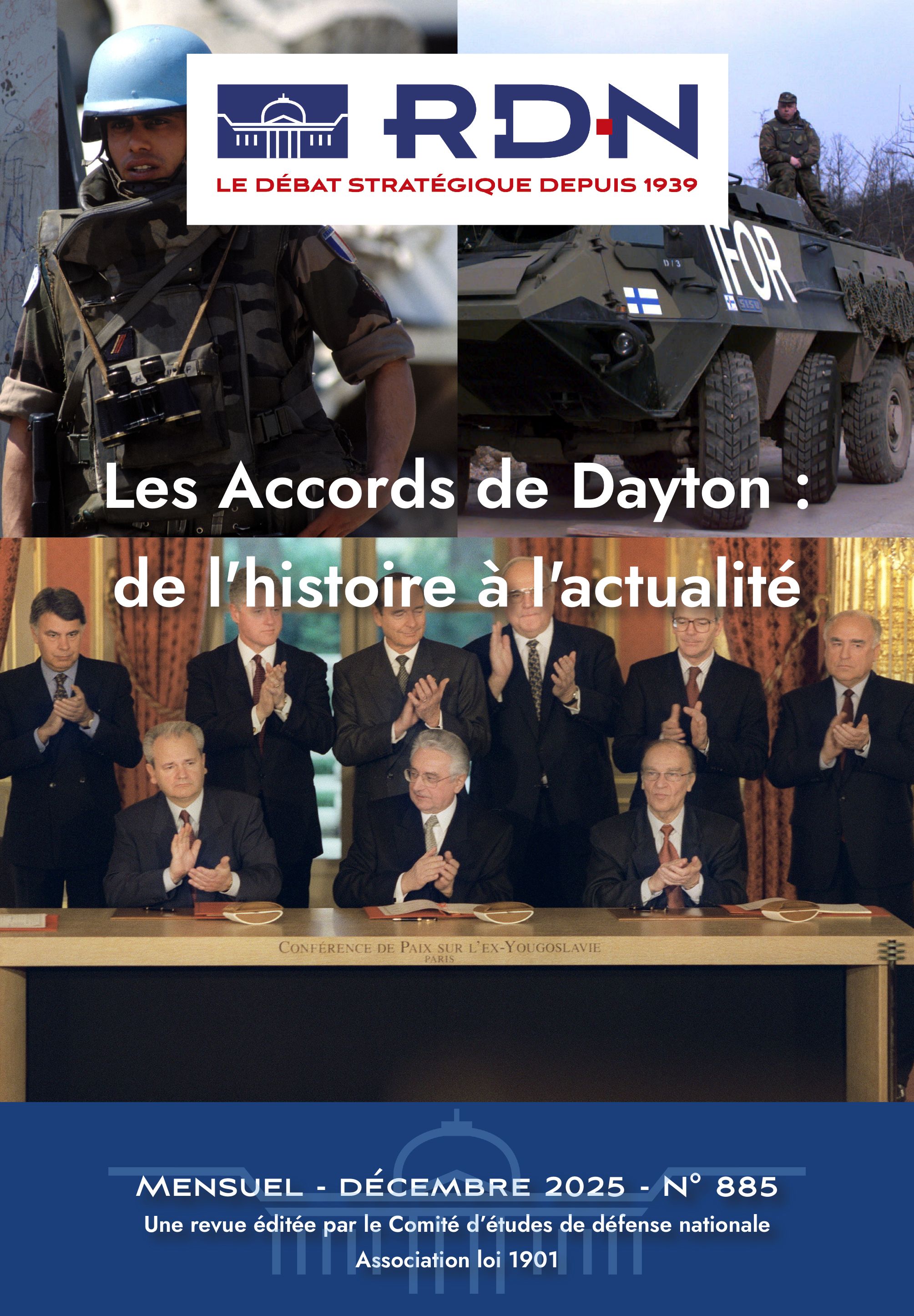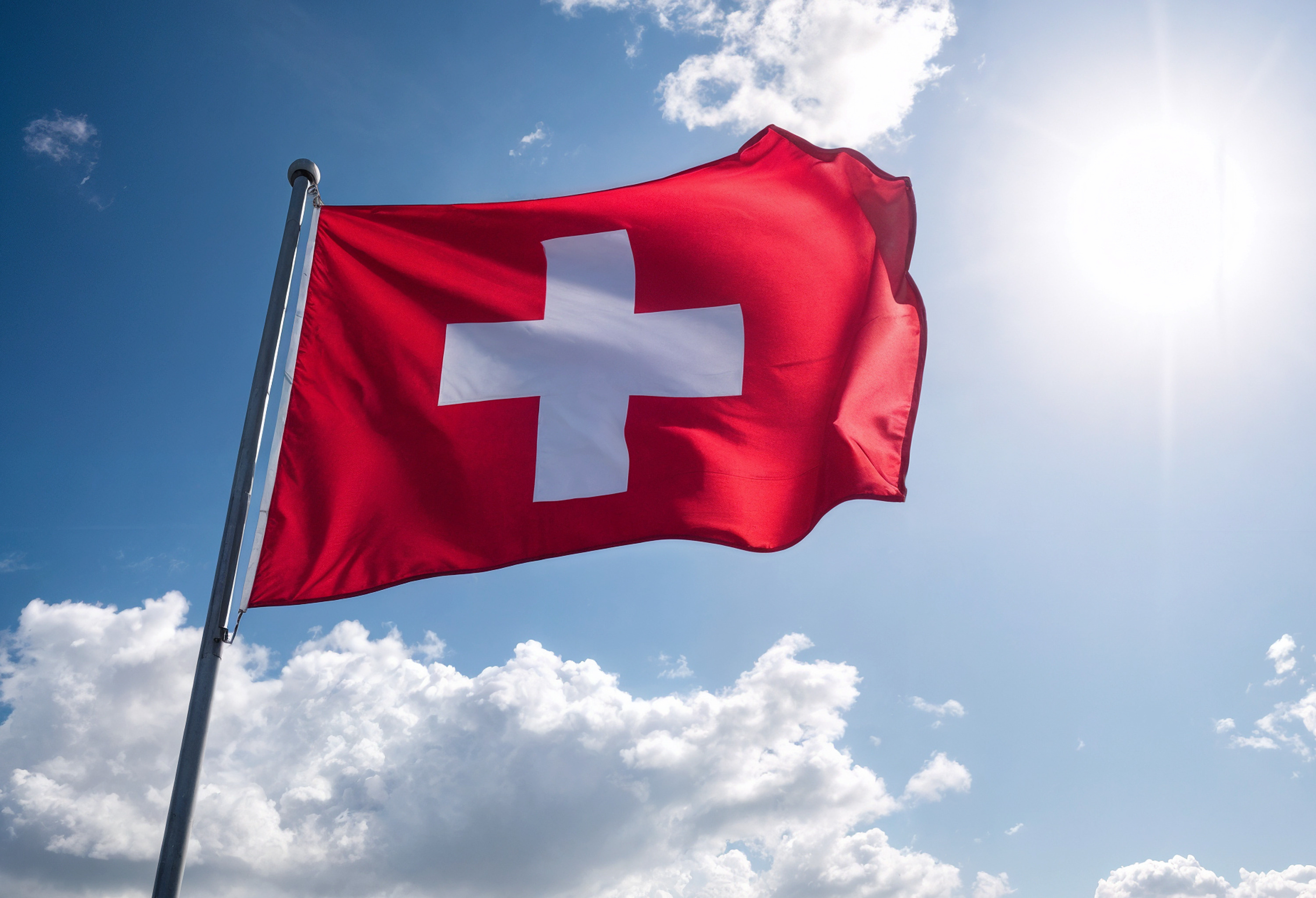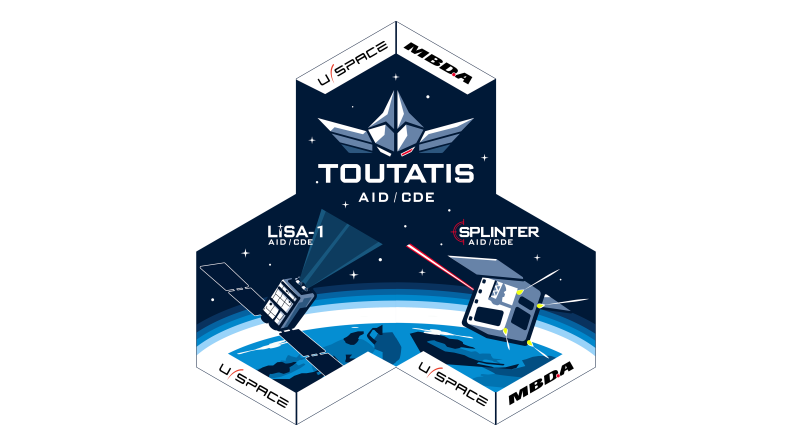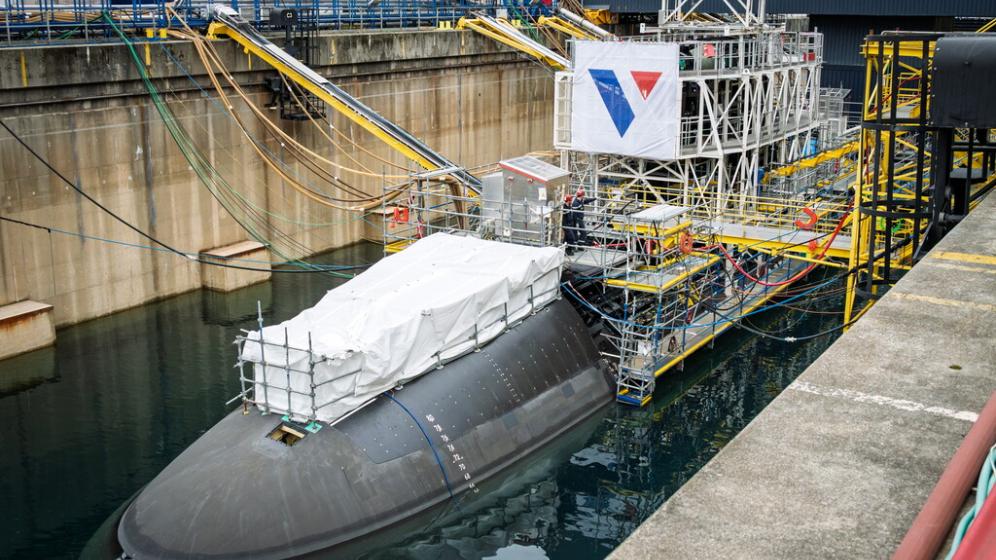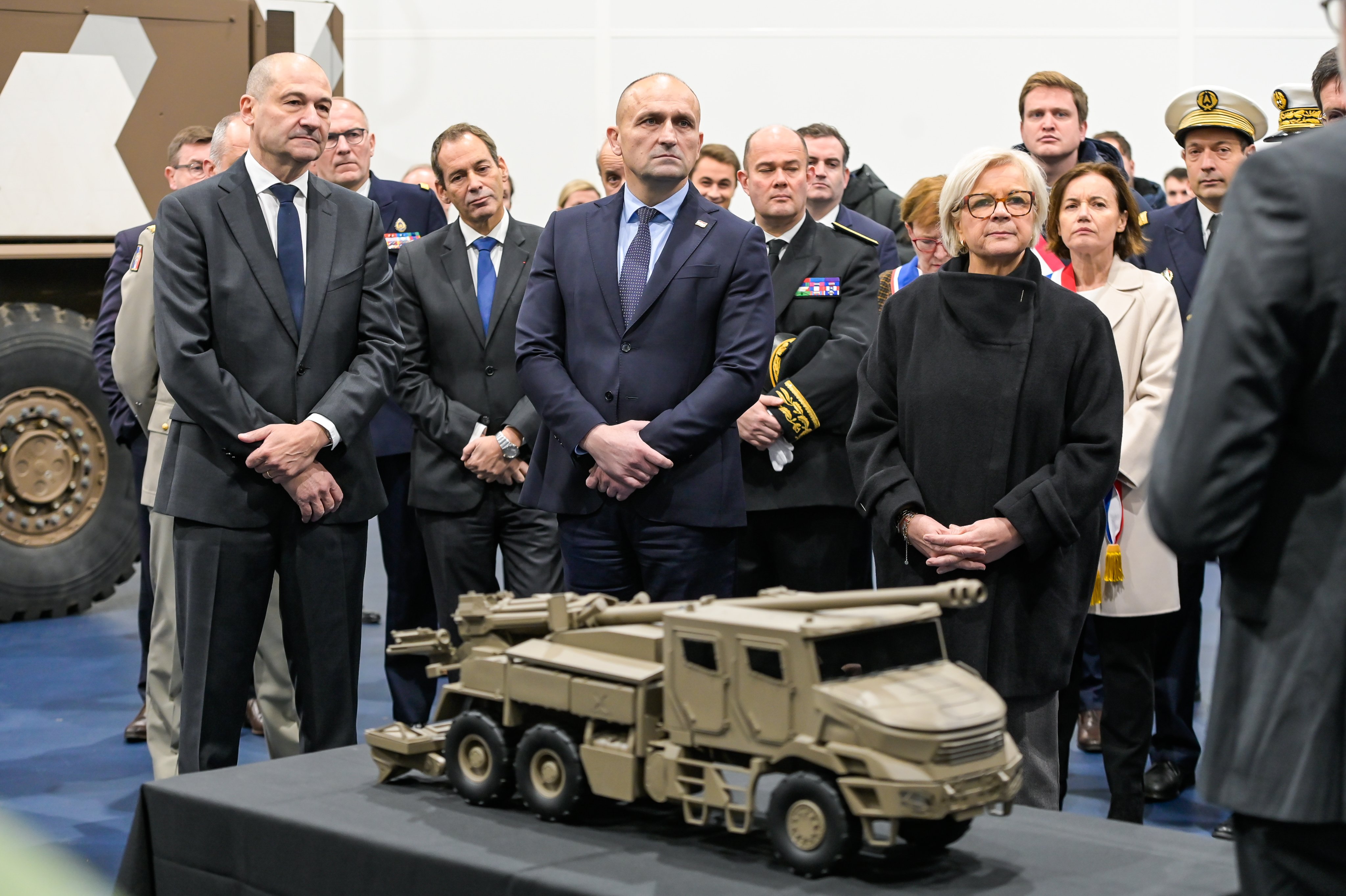The period from 2013 to 2022 proved particularly demanding for the French forces, in particular with their commitment to Operations Serval and Barkhane. These two missions symbolise recent French commitments in the Sahel-Sahara Strip and highlight the skills of our armed forces. Without intending to be exhaustive, this article brings out some of the many ways in which the Air and Space Force contributed to the collective effort.
A Review of Air and Space Force Activity in the Sahel
Preliminary note: Général de corps aérien (NATO OF-8), from July to November 2013 the author was air advisor to Comanfor (Force commander) of Operation Serval and at the same time commander of the air detachment at Bamako. From May to November 2015, he was Chief of Staff of the Joint theatre command post for Operation Barkhane. Then from June 2018 to September 2019, as General in charge of Operations of the Air defence and air operations command (Commandement de la défense aérienne et des opérations aériennes—CDAOA), he commanded the JFAC (Joint Force Air Component) in Central and West Africa.
On 15 August 2022, at the desert operational platform (Plateforme opérationnelle désert—PFOD) at Gao in Mali, two soldiers hauled down the French colours for the last time. A few hours later a helmeted French soldier symbolically closed the gates of the PFOD. During the night, these and their fellow soldiers were the last to leave Mali for redeployment in Niger following the President of the Republic’s decision announced on 17 February 2022.
During Operations Serval and Barkhane, French armed forces halted armed terrorist groups, besieged the sanctuary of the Adrar des Ifoghas, created conditions for a return to democratic life and extended the fight to five countries in the Sahel-Sahara Strip, from Mauritania to the borders of Libya. The French Air and Space Force (Armée de l’Air et de l’Espace—AAE) was present even before the start of operations on 11 January 2013 as a key player alongside special forces in the blocking movement against armed terrorist groups attempting to swoop down on Bamako, and contributed to this activity in the skies over Africa and on the ground.
What follows is not exhaustive but retraces the activity of the AAE throughout those nine years. It covers the contribution of all airwomen and men, operations in Central and West Africa and highlights a number of salient points.
A Military Intervention: Envisaged, Though not the Preferred Choice
The anticipatory work done by the Joint Forces Staff (État-major des armées—EMA) led to a 2009 draft strategic plan for the Sahel, and thereafter to some operational planning.
This work called upon elements regularly updated from several sources, including those of the French Air Force which at the time had not yet added and Space to its name. During 2011 and 2012 missions were programmed to start from mainland France, to be triggered in agreement with the Centre for planning and conduct of operations (Centre de planification et de conduite des opérations—CPCO), and planned, programmed and conducted by the Air defence and air operations command (Commandement de la défense aérienne et des opérations aériennes—CDAOA). In addition, the regular transport aircraft activity in the western part of Africa improved our knowledge of aerodromes in the region, their condition and their capacity. The air activity of the Mirage F1 during Operation Épervier in Chad, from 1986 to 2014, afforded good knowledge of the eastern area of the Sahel and other possible areas of interest.
During 2012, Mali plunged into a darkness that directly threatened regional balance and indirectly, European security. Faced with this situation, France was diplomatically very active towards its European partners in order to create the European Union Training Mission, and also with the UN. UN Resolution 2085 was adopted on 20 December 2012: it provided for a one-year deployment of the African-led International Support Mission to Mali (AFISMA).
Whilst not the preferred political option, a possible military intervention was examined. It was decided to deploy one of the Air Force’s four Harfang drones to the base at Niamey from the beginning of 2012. In N’Djamena, three Mirage 2000D (conventional attack version) were added to the two Mirage F1CR (reconnaissance), C-160 Transall (transport) and eight Puma support helicopters usually deployed. Two Naval Atlantique 2 (surveillance) were sent to Dakar. Naturally the alert elements of the French forces, the so-called Rapace Cell of the Air Force, were ready to reinforce these measures if needed. The forces had a good idea of the missions they were to be tasked with (the Mirage 2000D had already had several training sessions on stopping and neutralising columns of trucks), and had good knowledge of the theatre in which the missions would be conducted. They also knew that they would have very short notice of pre-positioned special and conventional forces.
Finally, on 11 January when asked by Dioncounda Traoré, the President of Mali, who sought immediate airborne intervention, and having received a blank cheque from the UN Security Council emergency meeting of the previous evening, France decided to intervene militarily to halt the terrorist incursion. The forces, and in particular the Air Force were not caught off guard since the combat aircraft deployed in Chad had been on alert since 9 January. There were six Mirage 2000D, rather than the planned three, because the rotation planned for 9 January had been put off in order to keep aircraft and crews in Chad.
Air Force Strikes in a Few Hours, even from the French Mainland
On 11 January, helicopters of Special Operations Command rapidly intervened in mid-afternoon in the Konna region and were able to stop the jihadists but at the cost of losing one of their own men.
The aircrews who had been standing by their armed aircraft since the morning, took off at 8.15 pm, and more followed them an hour later. After two essential in-flight refuellings, given the distances to cover, the first wave destroyed the HQ of Ansar Dine in Konna just before midnight. The second wave continued the effort and erased a number of jihadi logistic centres from the map. In addition to this physical strike was the psychological effect on the rear: it was completely undetectable at night until the firing started.
The same Friday, and at the same moment as those Mirage 2000D crews were walking out to their aircraft, crews of Air Base 113 at Saint Dizier received the order to stand by. They had to fly to Chad on a mission which would overfly Mali. Four Rafale took off at dawn on Sunday 14 for a 10-hour air raid, routed to the west of Algeria. They destroyed some twenty targets(1) before landing at the base at N’Djamena. The mission involved the air bases at Saint-Dizier, Mont-de-Marsan and Istres, which almost instantaneously transferred from a peacetime to a war footing. Once again, the model of the air base as an element of combat proved its relevance.
From the following day and for two nights, Special Operations Command helicopters and Air Force aircraft operated together to neutralise a second jihadist column near Diabaly. The terrorist offensive was crushed and the initiative passed to regular Malian forces supported by French aircraft and special forces troops.
Combat aircraft intervened again in the north of Mali at the beginning of February in support of French ground forces coming from Chad, Côte d’Ivoire and mainland France, accompanied by Malian and Chadian soldiers. They cleared the jihadist sanctuary of Adrar des Ifoghas. After some very intense combat, the coordination of fires between aviation and artillery and the determination and professionalism of the ground troops put paid to this terrorist bastion.
The effectiveness of combat aircraft was proven throughout operations in the Sahel. Rafale and M2000 aircraft ensured on-alert and planned support to forces in the Sahel—African and French, special and conventional—and also on the periphery, in support of our troops and those of our allies as required.
Military Air Transport in All its Dimensions
Whilst French forces were not caught napping, it is no less true that the in-theatre assets immediately available were insufficient to carry out the mission required by the political level. Plans were for the deployment of more than 4,000 men and 20,000 tonnes of freight to Bamako in just a few weeks.(2) Sixty per cent of this logistic effort was performed by military and chartered air transport. Air Force transport aircraft carried almost half of the required freight.(3)
During operations in the Ifoghas, eleven tactical transport aircraft were used every day, two of them for water alone.(4)
Throughout operations in the Sahel-Sahara Strip, airborne logistics played a central role in the support of our strongpoints, scattered islands in an ocean of sand. Aircraft remained the indispensable solution in the face of the challenges posed by overstretch, the difficulties of the rainy season, the poor road infrastructure and the terrorist threat. For all of those, the A400M Atlas opened up new perspectives for transport inter- and intra-theatre. In the same way, the multi-role aspects of our aircraft meant the Multi Role Tanker Transport (MRTT) Phénix was able to carry out refuelling and strategic transport tasks during the same flight, if needed. These aircraft were particularly in demand during the final redeployment, when French forces left Mali. Just over 300 flight rotations were needed (some 12 per cent of the total effort, the remainder being transported overland) of which two-thirds were performed by the AAE.
Nevertheless, during the first few days the transport aircraft were also used on very demanding joint missions.
On 25 January, a combined operation of combat aircraft, helicopters, transport aircraft, and special and conventional forces took Gao airport. After members of No.10 Air Parachute Commando (CPA10) had assessed the state of the runway and identified a section suitable for aircraft to land, two waves of aircraft performing assault landings and take-offs landed special forces to seize the airport, followed by men of the 1st Parachute Regiment (Régiment de chasseurs parachutistes—RCP).
Then, on 28 January, a combined air group consisting of an AWACS, a Harfang drone, combat aircraft, a C-135 refuelling aircraft and an Atlantique 2 deployed over Mali. They were supporting a night-time air-drop operation of nearly 250 soldiers who were to be parachuted without any ground markers from five C-160 Transall and C-130 Hercules transports out of Abidjan. Their action, and that of the ground troops who had seized the airport several minutes before the parachute jump, led to the liberation of Timbuktu the following day.
Airborne operations were used throughout operations in the Sahel. An A400M departing from France performed an air drop to the north of Niger in March 2019, then performed two more over Kidal and Tessalit in May 2020. Night parachute drops from the A400M were performed close to Niger, on the border with Algeria, and from the French homeland. These operations benefited from area clearance(5) performed by an Air Force drone.
These airborne operations—real missions—enabled us to refine a particular capability that France is one of the rare nations to master: the night parachute drop without ground references.
Throughout operations in the Sahel, the use of military transport helicopters and aircraft meant our troops and those of partner nations could count on MEDEVAC facilities to the closest medical posts as well as back to France.
Fully Mature Drones
At the time operations started, the Air Force had acquired fifteen years’ experience in operational use of drones. It knew just how much they could be decisive in that type of asymmetric engagement. On 17 January the Harfang outfit deployed in Niamey(6) launched its first flight. In addition to Intelligence, Surveillance and Reconnaissance (ISR) missions, on 29 January it made the first operational laser target illumination, guiding a GBU12 (Paveway) launched from an Atlantique 2. Use of the Harfang allowed us to develop our doctrine, for example by putting a Joint Terminal Attack Controller (JTAC) together with the operators, with similar prerogatives to those of an Airborne Forward Air Controller (AFAC). Relying on the expertise and credibility of its personnel the Harfang outfit clocked 7,000 flying hours up to July 2016.
The MQ-9 Reaper took over from it in Niamey in the summer of 2016. The Air Force took the step of arming drones in mid-December 2019. Able to commit both to targets of opportunity and planned targets, they complement combat aircraft. Now essential to action in and from the air, Reaper crews are shifting doctrinal boundaries by assuming tactical command of committed assets when required.
Intelligence
The Air Force was also deeply involved in intelligence from IMINT, ELINT and even HUMINT sources in a similar way to No.20 Air Parachute Commando (CPA20), which conducted patrols around the Bamako Aerial Port of Debarkation (APOD). Air assets proved indispensable both for understanding the situation and for gathering intelligence prior to action. Drones are like gold dust for this task: their sensors, discretion and endurance make them highly appropriate for ISR in such a permissive environment. In a similar way, the light surveillance and reconnaissance aircraft(7) were of great value, largely owing to the on-board operators. The AAE put its own aircraft to work towards the end of the campaign.
In addition to these vehicles, the Air Force regularly deployed the C-160G Gabriel.(8) Used initially to survey the theatre with its broad-field sensors, it was also highly successfully used for intelligence gathering for the purposes of action. Rafale was deployed from time to time with a Reco NG pod.
Alongside this specialised materiel, the AAE showed great imagination in intelligence gathering. The crews of the tactical transports which criss-crossed the theatre of operations were fitted with high-performance sensors in order to be able, as opportunities were presented, to photograph sites, concentrations and movements of interest. This initiative produced very beneficial results at very low cost.
Innovative and High-Performance C2 Air Born of Operational Necessity
Since the autumn of 2012, in Lyon, where the permanent JFAC C2 organisation is sited, and in Paris, at the operational staff HQ, the CDAOA has taken part in the anticipation work mentioned above. In Chad, at the end of the same year, the Air Force created a structure aimed at coordinating future air transport activity, before the CPCO approved the creation of an ad hoc C2 Air structure called JFAC AFCO (Central and West Africa) responsible to Comanfor Épervier (Force commander; an Air Force colonel). Thereafter, the permanent JFAC and JFAC AFCO worked together, under CPCO’s authority until the operation was taken over by the Joint theatre command post (Poste de commandement interarmées de théâtre—PCIAT) in February.
During this initial period, this C2 Air planned and conducted the inter- and intra-theatre transport activity of national and chartered aircraft as well as those of partner armed forces. The Air Force was thus responsible for over 70 aircraft. The C2 Air also planned the activity of combat aircraft deployed in the theatre, initially in Chad then in Bamako, as well as the mission that lasted nearly 10 hours and the airborne operations already mentioned.
Until the spring of 2014 the Air Force’s command structure relied on two centres, one in Chad and the other in Lyon. The latter was in the underground National air operations centre (Centre national des opérations aériennes—CNOA), from where the Permanent air security posture (Posture permanente de sûreté Air—PPSA) is also commanded. The Chad structure moved to Lyon in 2014 and they were amalgamated in a dedicated site in 2017 before joining the European and worldwide command organisations in January 2022 on creation of the Centre for planning and conduct of air operations (Centre air de planification et de conduite des opérations—CAPCO).
The Air Force’s C2 permitted the General Officer Commanding to take on the operational responsibilities for airspace management over combat zones and also for air defence. For airspace management, the JFAC had responsibility for air traffic in the north of Mali and had to coordinate both French and allied (US included) traffic, plus that of the United Nations Multidimensional Integrated Stabilization Mission in Mali (MINUSMA). The Air Force had the additional responsibility of optimising use of airspace over combat zones, which permitted efficient concurrent use of the space by artillery and by civil and military aircraft. Regarding air defence, the special arrangement for air security (Dispositif particulier de sûreté aérienne—DPSA), set in place over Bamako during the September 2013 election in cooperation with Malian forces, was coordinated by the air advisor to the Force Commander.
The knowledge acquired by Air Force personnel went beyond that of the infrastructure and information and communications systems essential to the C2 function, to include planning which, aided by experience of the permanent command structure, meant they could propose relevant ground force support operations to the Force Commander as well as effective Air Force-led operations.
An Air Force on the ground as well
I could not end this overview of the AAE’s action in the Sahel without mentioning its sometimes ignored activity on the ground.
The Air Force ensured the operation (air traffic controllers and responsibility for air transit) and security (airborne commandos) of forward air bases, platforms essential to the activity of all French forces. As such it was in charge of the management and security of the APOD in Bamako airport throughout Operation Serval. The head of the air detachment thus became Commander of the site (Comsite), and CPA20 personnel ensured protection outside the site during their external patrols. Air parachute commandos were also deployed to remote sites such as Tessalit, and patrolled in the north of Mali or maintained permanent presence on isolated sites where the conditions were such that transport aircraft could land.
Airmen were present in special and conventional force command structures, deployed on the ground alongside their comrades to ensure best use of the air arm.
They were also heavily involved in the operational military partnership, for example, training Malian soldiers in the rudiments of advanced combat aircraft direction, and in the functioning of a C2 structure.
* * *
The nine years of operations Serval and Barkhane undeniably contributed to developing the operational performance of the AAE. Its equipment and personnel, like all deployed in the Sahel, suffered extreme conditions to which they stood up perfectly. Recent, proven materiel replaced older equipment and doctrines were adapted.
The most spectacular development was probably the capability of the AAE to plan, programme and conduct its operations from mainland France, a considerable contribution to the operational aspect of operations. It should be borne in mind that operations in the Sahel were conducted alongside those in the Levant, in the Central African Republic, in Europe over the Baltic States, and over the homeland during the Covid-19 crisis. That is not to forget activity relating to sending strategic messages and airborne diplomacy such as Pégase and Heifara-Wakea.(9)
(1) Ammunition and logistic depots.
(2) 10,000 tonnes were transported in 3 weeks, the equivalent of what was withdrawn from Afghanistan in a year.
(3) 53 per cent of freight was transported by our partners.
(4) Of which, 47 per cent supplied by our allies.
(5) To ensure there are no threats or civil population nearby.
(6) As stated above, the decision had been taken at the beginning of January 2012.
(7) Editor’s note: specially modified Beechcraft King Air 350 turboprop aircraft.
(8) Editor’s note: the 2 transport aircraft specially modified for EW and intelligence were withdrawn from service in 2022.
(9) Editor’s note: Pégase 2022 was the deployment of French air assets (combat, refuelling and transport) in under 72 hours to New Caledonia, then returning in the following days via Australia, Indonesia, Singapore and the UAE. Heifara-Wakea took place a year earlier on the same principle but to French Polynesia, then Hawaii.

